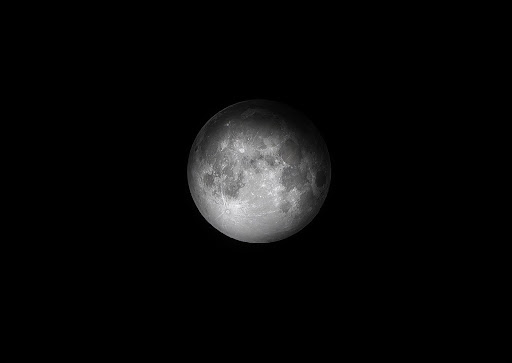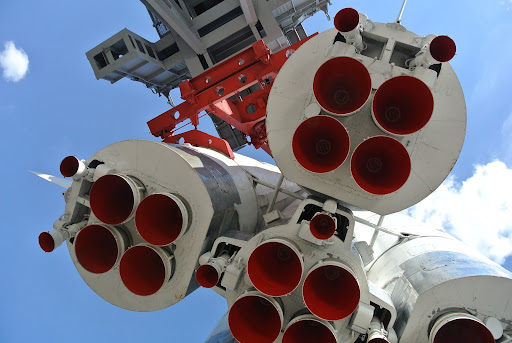
A SpaceX Falcon 9 booster will crash into the surface of the moon soon, and you can watch the rogue rocket booster as it does. The upper stage booster is part of a Falcon 9 rocket that SpaceX launched in February 2015 from Cape Canaveral Air Force Station, Florida. The rocket carried the Deep Space Climate Observatory satellite, which is a joint effort led by the U.S. National Oceanic and Atmospheric Administration and NASA. Now the SpaceX Falcon 9 boosters speeds towards the moon. This is one of many pieces of space debris that flies around our solar system, endangering the lives of astronauts and their spacecraft. This will not be the first in space collision. On June 25, 1997, a cargo freighter ended up colliding with the Spektr module of the Russian space station. This seriously damaged the solar arrays used for power generation and left a hole in the Spektr module, resulting in depressurization. Luckily, there was no loss of life as the crew present on board at the time managed to close off the damaged module from the rest of the station. The lucky thing is that the SpaceX Falcon 9 booster is not headed for any manned spacecraft.
Why is the SpaceX Falcon 9 Booster Crashing?
After completing its mission, the SpaceX Falcon 9 booster didn’t have enough fuel to return to Earth. Now the booster has been in an uncontrolled orbit for the last seven years. Satellite trackers show the rocket booster will now smash into the far side of the moon. A Rome-based Virtual Telescope Project is offering free, live webcasts today (Feb. 7) and tomorrow (Feb. 8), where you can watch the Falcon 9 booster speed towards the moon. The webcasts are available online, beginning at 1 p.m. EST (1800 GMT). The rocket booster is expected to crash into the moon at 7:25 a.m. EST (1225 GMT) on March 4, according to a statement from the Virtual Telescope Project. However, since the impact will occur on the moon’s farside, it won’t be visible from Earth. While the crash won’t be visible from Earth, the hope is that moon-orbiting spacecraft such as NASA’s Lunar Reconnaissance Orbiter and India’s Chandrayaan-2 will be able to study the resulting crater or any subsurface material ejected from the impact.

Can You See the SpaceX Falcon 9 Booster from Earth now?
“About one month earlier, it will be visible from Earth for the last time and we will show it live to the world,” Gianluca Masi, an astronomer with the Virtual Telescope Project, said in the statement. “On 8 Feb., in particular, [the SpaceX Falcon 9 booster] will be at its brightest and closest to our planet, moving very fast across the stars.” Amateur astronomers will be able to track the Falcon 9 Booster’s crash course using Unistellar’s Ephemeris tracker. The Ephemeris Tracker allows viewers to select a target and pinpoint its position in the night sky based on the viewer’s location and the date of observation. Using this data, skywatchers can then properly point their telescopes at the Falcon 9 booster, which will be visible as sudden bursts between Feb. 7 and Feb. 9, according to Unistellar. This means it’s time to break out those telescopes and take a peek into the sky.
While many assets of space travel run like they are supposed to, accidents like this can happen, leading to a collision such as the coming lunar one.Hopefully today’s launching of satellites from SpaceX (Which you can watch live here at 1 pm est) will run smoothly, leading to no issues such as the ones they have been facing in the recent months. Elon Musk has received complaints about the debris left by his company’s space endeavors, risking the safety of astronauts who are currently in space. One of Elon’s many projects should eventually be the clean up of space debris in order to lessen the threat against astronauts and their ships.
Written by: Erinn Malloy

